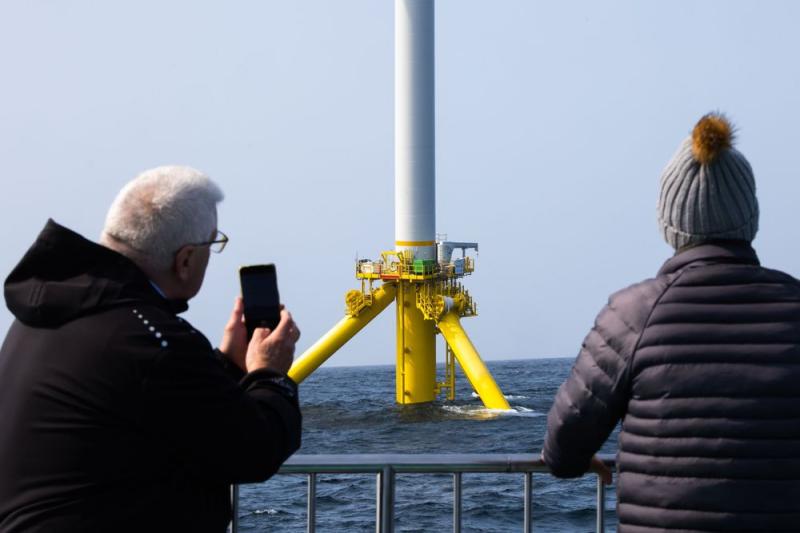Wind Energy – Norway
Offshore wind has the greatest potential to increase power production in Norway.

This is one of the main findings in the latest report from DNV, Energy Transition Norway.
According to the analysis, the global offshore wind industry is expected to become 20 times larger than it is today, measured in installed capacity. The report finds that offshore wind is the most significant contributor to increased power production in Norway.
“We see, however, that delays in licenses and auctions are causing this to extend over time,” says Sverre Alvik, Director for Energy Transition in DNV.
The study has been made in collaboration with Norsk Industri.
“We fully support the conclusions in this report. Through many fora, we work to establish the framework for offshore wind and will work tirelessly to accelerate the development in Norway,” says offshore wind manager in Norsk Industri, Knut Erik Steen.
The report indicates that Norway is lagging behind both in terms of power production and the establishment of green industry.
“There is a need for more new power in the market quickly, if we are to reduce emissions and attract new green industry. It is also necessary to expand the grid to increase flexibility, eliminate bottlenecks, and maximize the value of wind power. The current grid expansion is not proceeding quickly enough,” comments Alvik.
In 2049, DNV foresees total offshore wind capacity, being the sum of grid-connected and off-grid, overtaking hydropower capacity in Norway. They forecast a higher uptake of floating offshore wind (FOW) compared with fixed offshore wind, despite the lower levelized cost of the latter.
The report finds that the main reason is additional governmental support as well as no major limitations to ocean space, where fixed offshore wind will have to co-exist with other economic activities such as fishing. Also, offshore wind outside Mid- and Northern Norway is producing power at other times than offshore wind in the North Sea, making it particularly valuable.
The analysis points out that Norway will have 10.1 installed capacity of floating offshore wind connected to grid by end of year 2040 and 6.8 bottom fixed by end of year 2040. Furthermore, DNV predicts drastic cost reduction in offshore wind towards 2050.
Norwegian Offshore Wind finds the conclusions in this study interesting.
